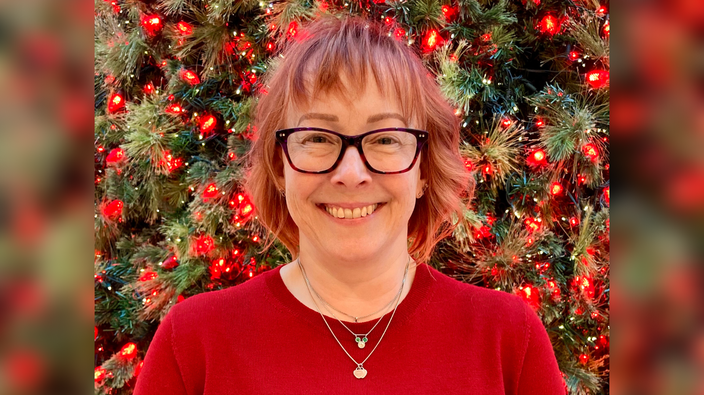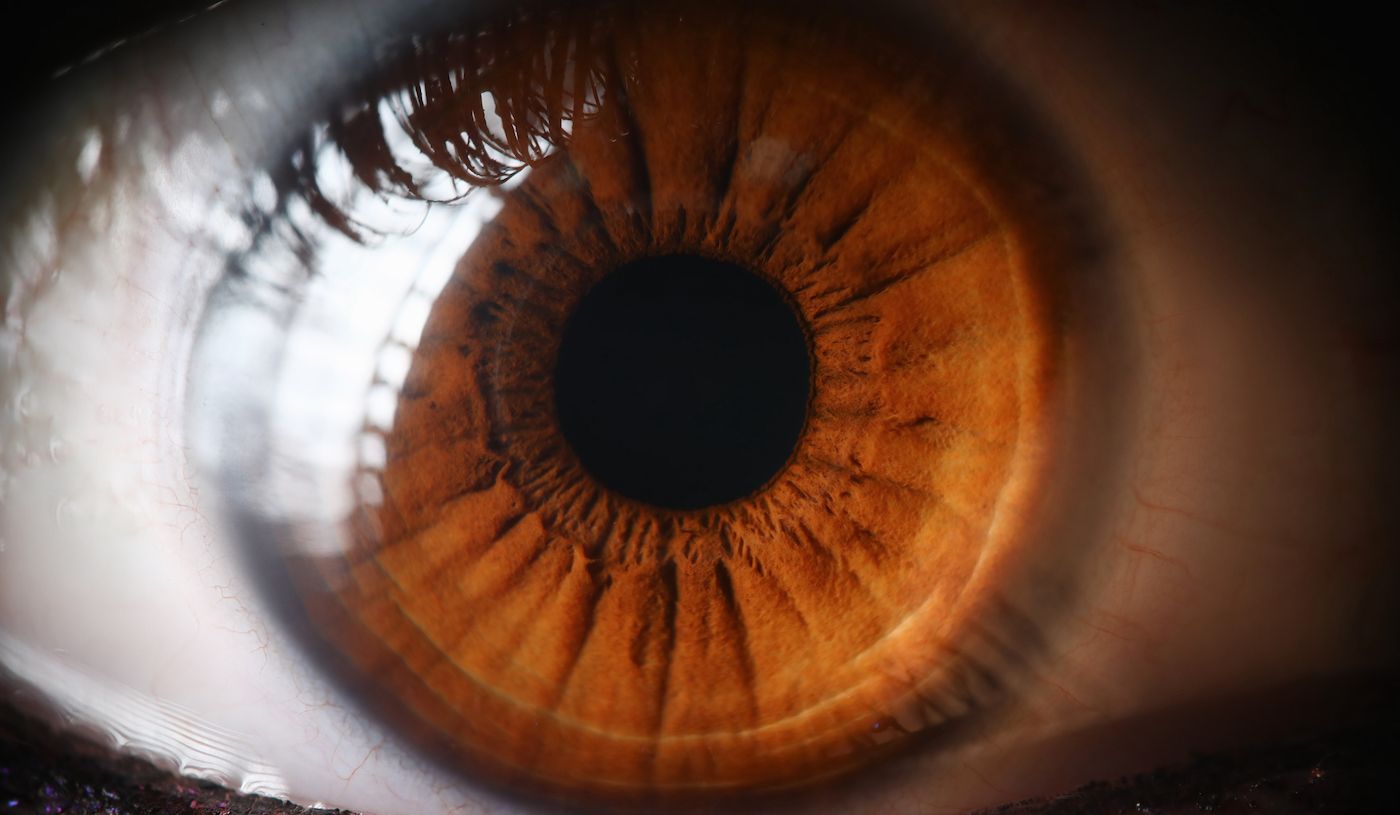when the surgery finally happened, i was grateful it was performed by a wonderful doctor who is a pioneer in this field — she used a unique technique to help accelerate healing and ensure that i can have the longest life possible. three months after surgery, i began a two-year cardiac rehabilitation program, which gave me confidence in my new body. i learned how to build stamina and properly exercise, i learned the ins and outs of a healthy diet and stress management, but most importantly, i learned to honour my body, appreciate what it can do and accept its limitations. unfortunately, many women don’t have the opportunity to access this critical rehabilitation program — they’re either too busy with life, career, parenting, or the program isn’t offered in their region.
part of christina’s recovery journey has been learning how to properly exercise and lead a more active lifestyle. supplied
without a doubt, when you’re diagnosed with heart disease, your life changes, but with some adjustment, it is possible to live well. today, i am proud to say that i’m stronger than ever and that i’m in the best shape of my life. surviving a heart attack and triple bypass surgery gave me an opportunity to redefine my outlook on life. i am no longer afraid or ashamed to lean on others and ask for help, and occasionally, i receive support from a psychologist who helps me navigate some of the emotions. the heart and stroke foundation has also been instrumental in my recovery. there were times throughout my journey where i felt like i was the only person on the planet going through this experience, but the support i received — whether it was information or educational resources — made me feel less alone. finally, i am grateful to my family and my husband whose unwavering support got me through the toughest days.
 7 minute read
7 minute read










